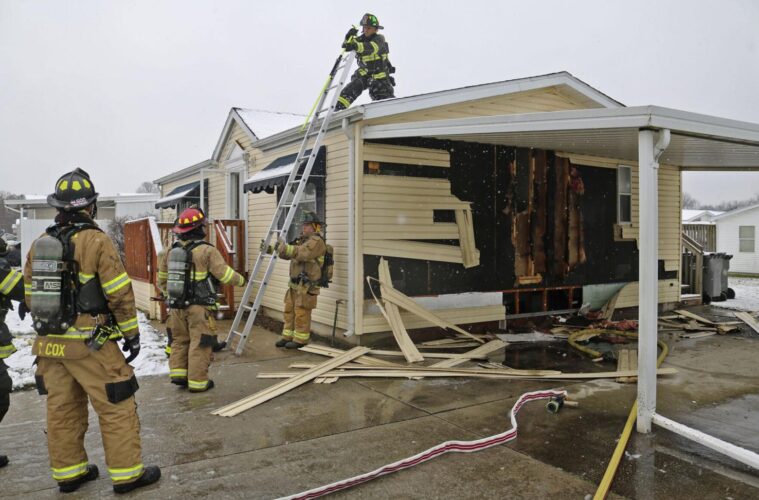After a devastating fire, homeowners often face a difficult decision: whether to rebuild or move elsewhere. However, there is a third option that many homeowners overlook: purchasing a fire damaged house and restoring it. While it may seem daunting to undertake the restoration process, there are numerous benefits to living in a fire-damaged house after it has been restored. In this article, we will explore 25 different reasons why living in a restored fire-damaged house is a smart and viable option.
Explaining the Concept of Restored Fire-Damaged Homes
Restored fire-damaged homes refer to houses that have been damaged by fire, but have since undergone a complete restoration process. This process involves repairing the structural damage, replacing damaged components, and updating the house to meet current building codes and safety standards.
A Brief Overview of the Restoration Process
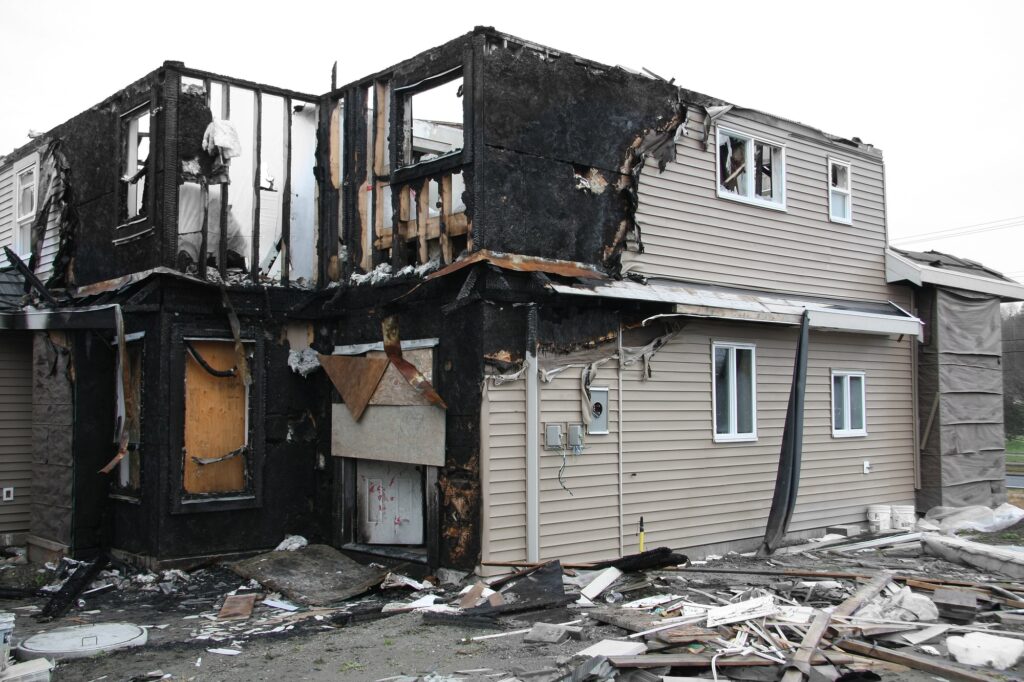
source: pinterest.com
The restoration process of a fire-damaged home can be complex, but typically involves several steps. First, the damaged areas of the home are identified and evaluated by professionals. Next, the damaged areas are cleared of debris and hazardous materials. Repairs are then made to the structure, plumbing, electrical, and HVAC systems. Finally, the home is restored to its original condition, or updated with modern amenities and features.
Reduced Cost of Acquisition
One of the most significant benefits of purchasing a restored fire-damaged home is the reduced cost of acquisition. Fire-damaged homes are typically sold at a much lower price than comparable homes in the same area, providing a unique opportunity for homebuyers to get more house for their money.
Potential Savings on Homeowners Insurance
In addition to reduced acquisition costs, restored fire-damaged homes may also provide potential savings on homeowners insurance. Because the home has undergone a complete restoration, it is likely to be safer and more secure than other homes in the area, leading to lower insurance premiums.
Increase in Property Value
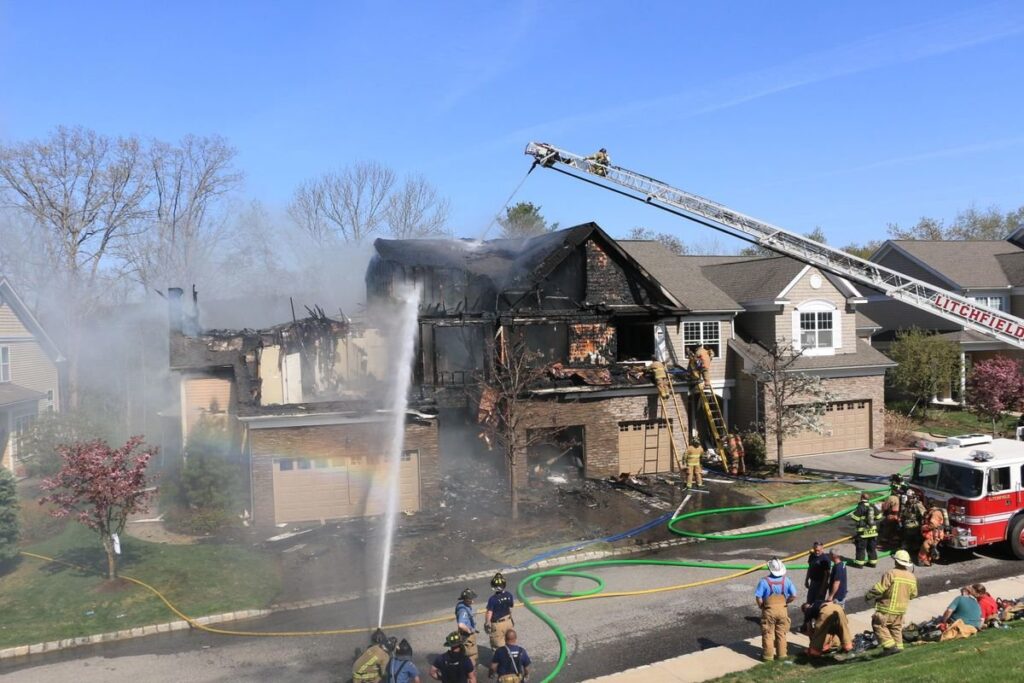
source: pinterest.com
Another financial benefit of purchasing a restored fire-damaged home is the potential increase in property value over time. As the neighborhood and community continue to grow and develop, the restored home is likely to appreciate in value, providing a sound long-term investment for homeowners.
Environmental Benefits of Restoring a Fire-Damaged Home
In addition to the financial benefits, there are also environmental benefits to restoring a fire-damaged home. By choosing to restore a damaged home rather than building a new one, homeowners can significantly reduce their carbon footprint and help to conserve natural resources.
Availability of Financial Assistance Programs
Homeowners interested in restoring a fire-damaged home may also be eligible for financial assistance programs from local, state, or federal agencies. These programs can provide loans or grants to help cover the costs of the restoration process, making it more affordable for homeowners.
Opportunity to Customize Your Home
One of the most significant benefits of restoring a fire-damaged home is the opportunity to customize the home to fit your specific needs and preferences. From choosing the layout and design to selecting the finishes and features, homeowners have full control over the final product.
Preservation of Historical Homes
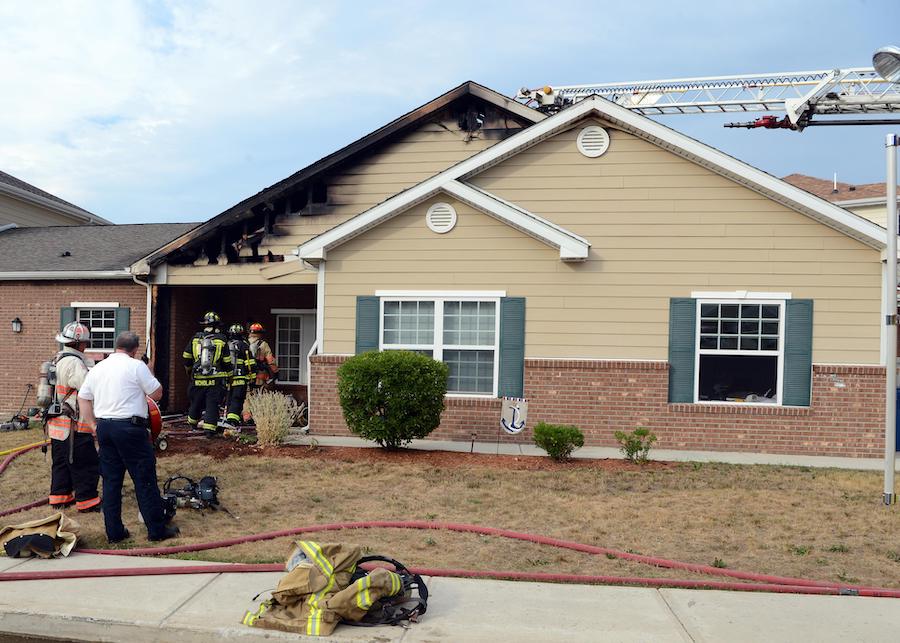
source: pinterest.com
Restoring a fire-damaged historical home not only preserves the character and history of the home, but it also contributes to the preservation of the community’s cultural heritage. By restoring a damaged historical home, homeowners can help to ensure that the unique features and design elements of the home are preserved for future generations.
Character of Restored Fire-Damaged Homes
Restored fire-damaged homes often retain the unique character and charm of older homes, while also featuring modern amenities and features. This creates a unique and appealing living space that is unlike any other home in the area.
Safety Features of Restored Fire-Damaged Homes
After a house fire, the restoration process includes upgrading the safety features of the house. This includes installing smoke detectors, carbon monoxide detectors, and fire alarms. The restoration team will also ensure that the electrical and plumbing systems are up to code, which reduces the risk of future fires. Restored fire-damaged homes are equipped with modern fire safety features that provide homeowners with peace of mind.
Community Resilience and Recovery
Restoring a fire-damaged house can have a positive impact on the community. The restoration process can inspire other homeowners in the neighborhood to take on their own restoration projects, which can help to maintain the stability of the community. A restored home can also attract new residents to the neighborhood, which can lead to economic growth and increased property values.
No Need to Worry about Future Fires
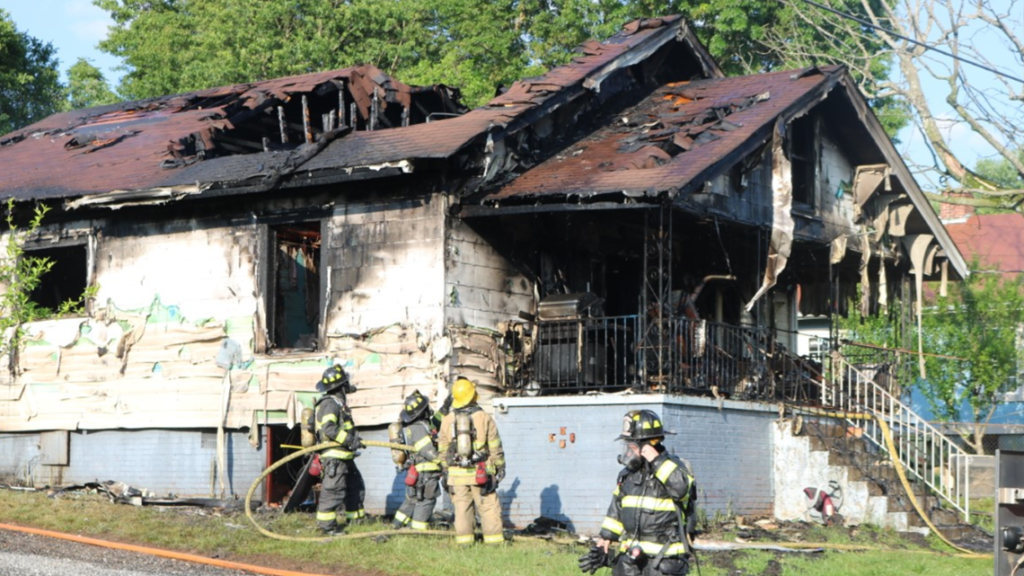
source: pinterest.com
One of the benefits of living in a restored fire-damaged house is that homeowners do not need to worry about future fires. The restoration team will ensure that the house is up to code, and all fire safety features are in place. Homeowners can have peace of mind knowing that they are living in a safe and secure home.
Energy Efficiency in Restored Fire-Damaged Homes
Restored fire-damaged homes are typically more energy-efficient than older homes. During the restoration process, insulation, doors, and windows are upgraded, which helps to reduce energy consumption. This can lead to lower utility bills and a smaller carbon footprint.
Quality of Construction and Materials Used
Restored fire-damaged homes are built to last. During the restoration process, high-quality materials are used, which ensures that the home is strong and durable. The construction team also ensures that the home is built to code, which provides homeowners with a sense of security.
Newer Electrical and Plumbing Systems
Restored fire-damaged homes typically have newer electrical and plumbing systems. This means that homeowners can enjoy modern amenities such as high-speed internet, cable television, and energy-efficient appliances. New plumbing systems also reduce the risk of leaks and other water-related problems.
Upgraded Heating and Cooling Systems
Restored fire-damaged homes also have upgraded heating and cooling systems. This means that homeowners can enjoy a comfortable living space all year round. Upgraded HVAC systems can also reduce energy consumption and lower utility bills.
Lower Maintenance Costs
Restored fire-damaged homes typically have lower maintenance costs than older homes. This is because the home is built to last, and high-quality materials are used during the restoration process. Homeowners can enjoy a lower cost of ownership and have more money to spend on other things.
Access to Modern Home Technology
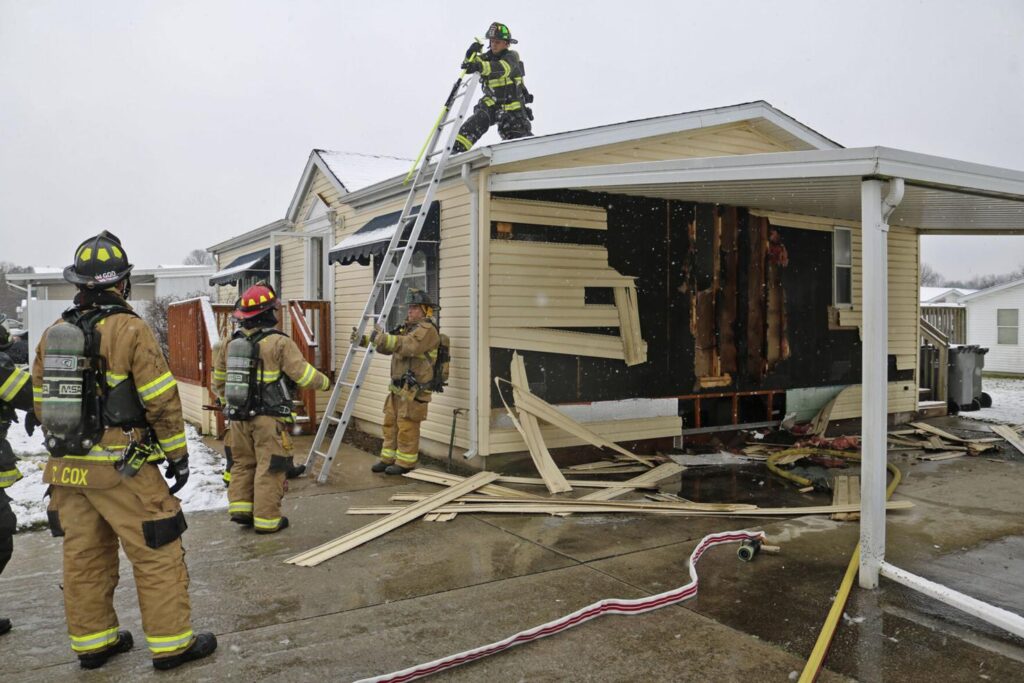
source: pinterest.com
Restored fire-damaged homes often have modern home technology built-in. This includes features such as smart thermostats, security systems, and home automation. Homeowners can enjoy the convenience of modern technology while living in a unique and historic home.
Plenty of Natural Light and Open Spaces
Fire damage can lead to the loss of windows, walls, and other barriers that block natural light from entering the home. However, during the restoration process, homeowners have the opportunity to rethink the layout of their home, and maximize natural light and open spaces. This can significantly improve the comfort and livability of the home.
Enhanced Comfort and Livability
Restored fire-damaged homes often feature modern amenities and state-of-the-art appliances that can enhance the overall comfort and livability of the home. From high-tech heating and cooling systems to smart home technology, homeowners can enjoy a wide range of features that were not available in older homes.
A Chance to Contribute to Sustainable Living
Restoring a fire-damaged home can also be an opportunity to contribute to sustainable living. Many modern building materials are made from sustainable sources, and energy-efficient appliances can help to reduce energy consumption and lower carbon emissions.
Low Carbon Footprint
Restored fire-damaged homes typically have a lower carbon footprint than newly constructed homes. This is because much of the original structure is preserved during the restoration process, reducing the amount of new materials needed. Additionally, modern materials and appliances can help to lower energy consumption, further reducing the home’s carbon footprint.
Reduced Use of Natural Resources
Restoring a fire-damaged home can also help to reduce the use of natural resources. By reusing as much of the original structure as possible, homeowners can reduce the amount of new materials needed for the restoration. Additionally, modern materials and appliances can help to reduce energy consumption, further reducing the home’s impact on the environment.
In conclusion, while a fire can be a devastating event for any homeowner, there are many benefits to living in a restored fire-damaged home. From financial savings to environmental benefits, these homes can provide a unique and comfortable living experience. If you are considering purchasing a restored fire-damaged home, it is important to work with a reputable restoration company to ensure that the home is safe, up-to-code, and meets your individual needs and preferences.

